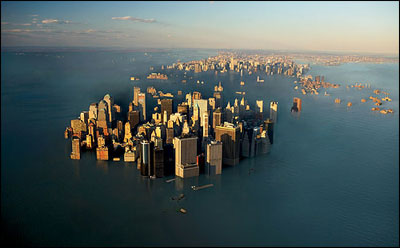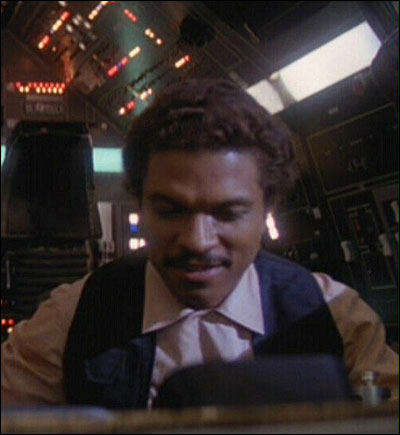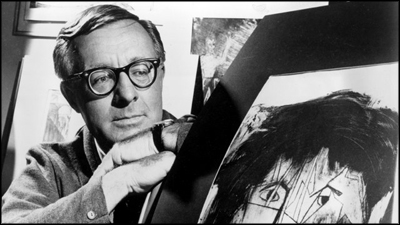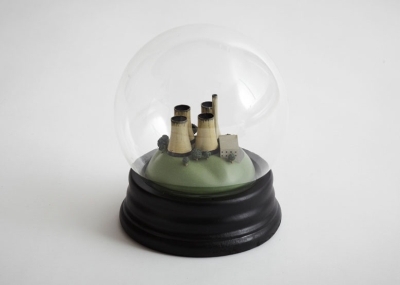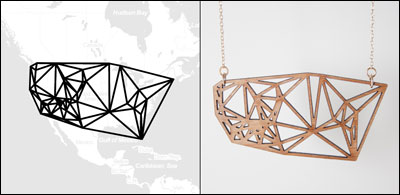10 Years Of Civilization II: 1700 Virtual Years Of Hell
Some people form serious attachments to a particular game. Take Reddit user Lycerius, who has been playing the same game of Civilization II for the last ten years.
For the uninitiated, Civilization II, first released in 1996, is a turn-based strategy game in which a player attempts to create an empire using any of 21 different civilizations. In this case, Lycerius picked the Celts.
It is now 3991 AD in Lycerius’s game and the world has become a war-torn hell. The three remaining superpowers — Lycerius’s Celts, the Vikings, and America — have been locked in a three way stalemate that would make George Orwell proud. 1700 years of near constant war. A few highlights from this virtual dystopian nightmare:
-The ice caps have melted over 20 times (somehow) due primarily to the many nuclear wars. As a result, every inch of land in the world that isn’t a mountain is inundated swamp land, useless to farming. Most of which is irradiated anyway.
-As a result, big cities are a thing of the distant past. Roughly 90% of the worlds population (at it’s peak 2000 years ago) has died either from nuclear annihilation or famine caused by the global warming that has left absolutely zero arable land to farm. Engineers (late game worker units) are always busy continuously building roads so that new armies can reach the front lines. Roads that are destroyed the very next turn when the enemy goes. So there isn’t any time to clear swamps or clean up the nuclear fallout.
-The only governments left are two theocracies and myself, a communist state. I wanted to stay a democracy, but the Senate would always over-rule me when I wanted to declare war before the Vikings did. This would delay my attack and render my turn and often my plans useless. And of course the Vikings would then break the cease fire like clockwork the very next turn. Something I also miss in later civ games is a little internal politics. Anyway, I was forced to do away with democracy roughly a thousand years ago because it was endangering my empire. But of course the people hate me now and every few years since then, there are massive guerrilla (late game barbarians) uprisings in the heart of my empire that I have to deal with which saps resources from the war effort.
The main post is full of comments advising Lycerius on how best to end this conflict though, even more interesting, is that Lycerius plans to upload the save, meaning that whoever chooses to may try their hand at breaking this centuries old stalemate.
Via reddit : Thanks to 90% of my Twitter feed.




